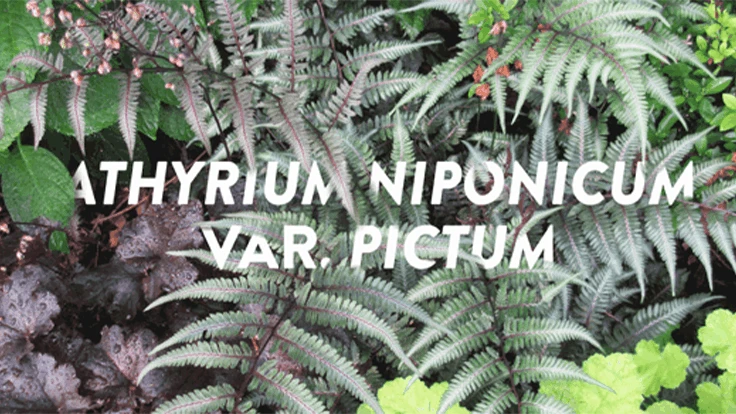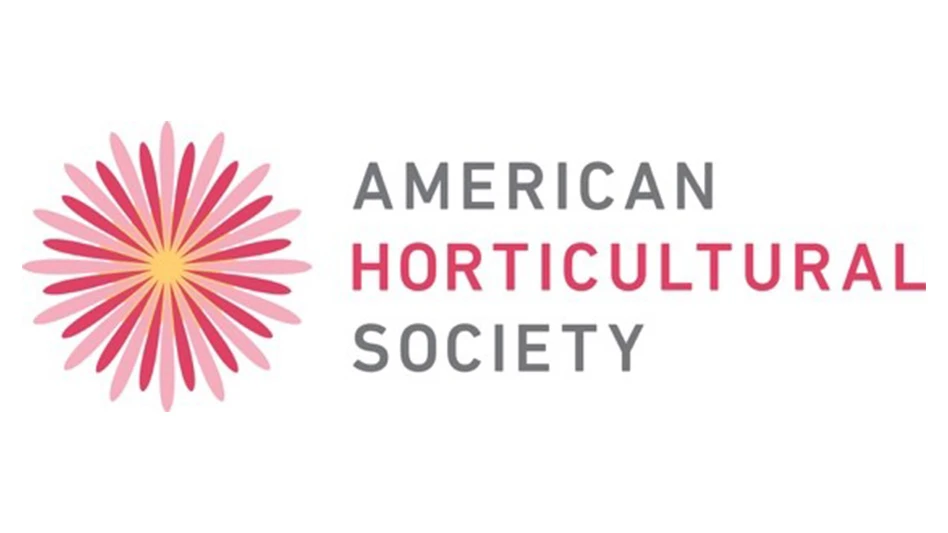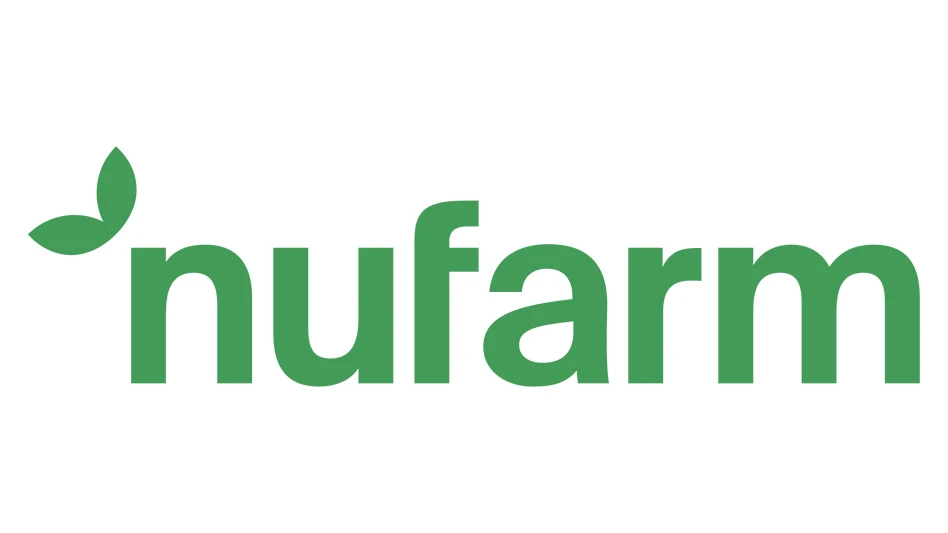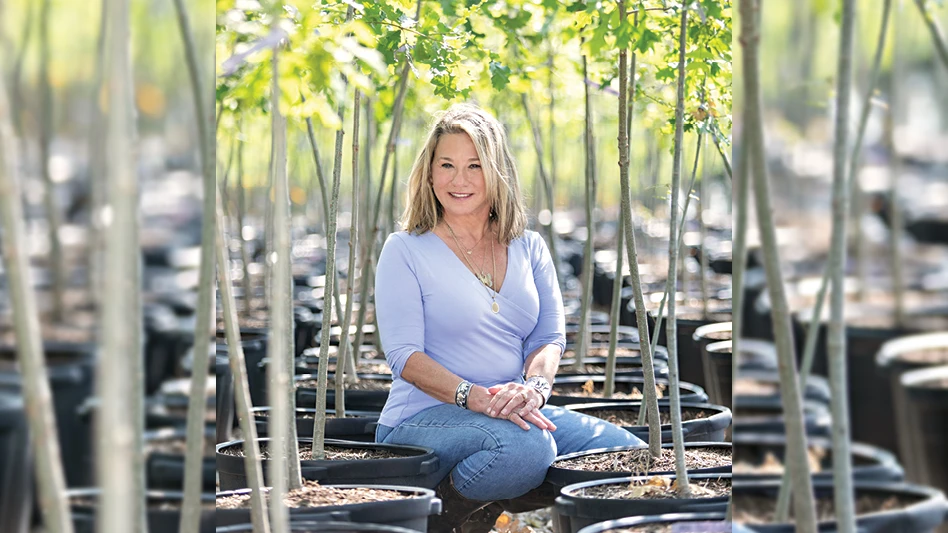
_-_cover_2_fmt.png)
Japanese painted ferns play an important and significant role in our shaded and partly-shaded gardens. By offering the combination of substantial texture along with the eye-catching and variable colors of silver and burgundy, these ferns should be on the radar for any gardener that can grow them successfully. The popularity of these painted ferns has helped mobilize not only more gardeners seeking them out at local nurseries and garden centers but breeding and selection work, which continues in earnest to develop and offer selections with differences both subtle and more pronounced. The intent of this article is to not only extol the merits of these ferns but to examine some of the best selections on the market today based on personal experience, both formal and informal trialing and observations over many years.
Working as the director of horticulture for 21 years at Rotary Botanical Gardens (Janesville, Wisconsin), I was directly involved in the design and construction of a fern and moss garden in 2005 that was intended to grow and display as many ferns as we could possibly accumulate in this Midwest climate. At its peak, this garden (affiliate garden for the Hardy Fern Foundation) contained over 250 different types of ferns that were being trialed for hardiness and adaptability in our climate.
One of our focus collections were Japanese painted ferns. We started with the popular Athyrium niponicum var. pictum (USDA Hardiness Zone 4-8) which wasn’t new for us and already had some notoriety, particularly after receiving the Perennial Plant of the Year award in 2004 from the Perennial Plant Association. At the time, there were a couple of other varieties and we were seeing some of the earliest of the painted fern crosses with lady fern (Athyrium filix-femina). These hybrids tended to combine the best traits of both parents and new hybrid selections continue to appear. At one point, we amassed over 30 varieties of Japanese painted ferns and hybrids for side-by-side comparisons in a partly-shaded garden with good soils, excellent drainage and a supplemental irrigation system (when needed). Having multiple specimens of all of these painted fern selections, we were able to do our own, “side-by-side” observations for the past 15 years. New selections on the market were aggressively sourced and became part of these ongoing trials as well.
It is important to mention that Richard Hawke, plant evaluation manager and associate scientist at the Chicago Botanic Garden (Glencoe, Illinois), did a trial of painted ferns and lady ferns from 2002-2014. This study included the evaluation of 11 selections of painted fern (Athyrium niponicum) as well as four of the painted fern hybrids. This study is certainly worthy of review at chicago botanic.org/downloads/planteval_notes/no39_ferns.pdf. Hawke’s observations are fairly consistent with ours although our trial did go on to broaden the scope of the collection to absorb new acquisitions. Our pH was a neutral 7.0 as compared to the higher pH of 7.5 in the Chicago Botanic Garden trial and it’s likely we applied more irrigation on a regular basis.
Painted fern coloration
The foliar merits of these ferns are quite apparent and amazing in the garden. The frosty white to “steely-grey” fronds may have hints of maroon depending on the season and the variety. The coloration on painted ferns has not only variability between selections (very subtle at times) but there is transition of the coloring depending on the season. Japanese painted ferns upon emergence tend to have more burgundy and muted tones of silver and depending on the variety, certain colors become more prevalent as spring progresses in to summer. In our trials, we even noted that the best foliage coloration for most varieties typically became more pronounced and established after multiple years in the garden. The burgundy tinting can be quite variable but is more intense for certain varieties like ‘Burgundy Lace’, ‘Pewter Lace’ and ‘Regal Red’. Additionally, the degree of “silvering” is also variable with some varieties like ‘Silver Falls’ being promoted specifically for a more intense silver. The feature of “cresting”, meaning fanned ends to the fern foliage (pinna), has appeared in at least three selections to date and while not unusual in some other species, does add an extra dimension of interest. ‘Applecourt’ was the first Athyrium niponicum to offer this feature and continues to be popular. ‘Crested Surf’ is an exciting new, crested selection and the hybrid painted fern, ‘Ocean’s Fury’ (hybrid) offers a taller form with plenty of cresting and a moderate amount of “silvering” on the foliage. An interesting novelty, the variegated selection, ‘Lemon Cream’ features creamy yellow variegation but very little observable silver or burgundy.
Fern breeding
I’m quite excited about the future of the hybrid painted ferns with both lady fern (Athyrium filix-femina) and Japanese painted fern bloodlines. These crosses have resulted in taller ferns that offer their colorful contributions at the 24- to 36-inch range whereas the majority of Athyrium niponicum selections hover at the 15- to 18-inch height. Both ‘Branford Beauty’ and ‘Branford Rambler’ are early results of these crosses and are still sought out for their vigor and proven performance. The ‘Ghost’ fern, in my opinion, set the standard for the hybrids by offering a very silver fern that could reach 30 inches in height. The foliage upon emergence is a silvery green but with enough sunlight, a true silver materializes in summer. The crested form ‘Ocean’s Fury’ is a nice selection (mentioned above) but I’m very excited about the relatively new ‘Godzilla’ hybrid which truly looks like a Japanese painted fern but twice the size. There is a lot more burgundy in ‘Godzilla’ than ‘Ghost’, but both have limitless applications out in the partly shaded garden.
_fmt.png)
Attributes
Painted ferns and their hybrids tend to have an arching habit, and all exhibit some degree of the silvering mentioned previously. Colors may be more muted in deeper shade, so some degree of sunlight helps with more intense coloration. Morning sun or dappled afternoon light seems to be sufficient for maximizing painted fern coloration. While I’ve seen painted ferns alive in the deepest of shade, they were not robust specimens and didn’t exhibit significant coloration. Keep in mind that these plants prefer consistent moisture and do prefer soils rich in organic matter. I don’t view these as drought tolerant ferns for any great length of time during the heat of summer. While durable once established, drought conditions will adversely affect these painted ferns in a dramatic and quick fashion. Further south in their growing range, they should be provided more shading to maintain the integrity of the foliage and help conserve surrounding moisture and plant health. Providing supplemental moisture as needed is ideal as is having decent soils at the time of installation. As mentioned, soils rich in organic matter that are consistently moist but well-drained seem ideal for these selections.
The growth rate of painted ferns is fairly moderate by roots as they will slowly colonize an area. ‘Branford Rambler’ seems to spread quicker than others which is a feature that is touted. They are easy to divide and move as you like although this process is ideal at the beginning or end of the growing season. With very few insect or disease issues, the ferns should look great throughout the season if given ample moisture. While deer resistant, rabbits have been known to take a nibble, particularly on the tender new growth in spring. Any fronds that turn brown during the season can simply be cut out.
Used as specimens, Japanese painted ferns offer that pop of foliage color with silver highlights not only offering “brightness” in our shadier gardens but at dusk, that coloration really shines. I’ve seen masses of painted ferns used along streams and ponds that really offer wonderful interest. Hawke describes painted ferns as both elegant and utilitarian and further describes their value as accents or in massed plantings. Using many specimens together creates a “collective groundcover” that is clearly defined and can be under-planted with the earliest of spring blooming bulbs or other companion plants. Sloped areas in shade can utilize masses of painted ferns to help serve as erosion control.
Neighbors for your painted ferns will be dictated by the conditions but if you have good soil and adequate moisture, consider companion plants such as false forget-me-nots (Brunnera), Ligularia, Hosta (particularly blue), Helleborus, toadlilies (Tricyrtis), and coral bells (Heuchera) with maroon foliage. Painted ferns also look great combined with bleeding hearts like ‘Gold Heart’ (Lamprocapnos spectabilis), lungworts (Pulmonaria) and variegated Jacob’s ladder (Polemonium reptans ‘Stairway to Heaven’). Take advantage of the silver and burgundy highlights of the ferns and combine accordingly making sure all participants are happy in their combined setting. I’ve seen painted ferns and their hybrids also used successfully in containers for the season then planted out to permanent spots in fall. The silver fronds also have value in fresh flower arrangements.
Those that garden in any degree of shade do quickly appreciate the value of continued and substantial foliage interest from their plantings. While flowers are still part of the equation for many perennials in shade, the tapestry and combination of textural and colorful foliage is what truly completes the scene. The contribution of immediate fine texture and hints of silver and burgundy from the gamut of painted fern selections offers extended illumination in our shadier respites. These plants will continue to be in high demand and new selections and hybrids will undoubtedly make future appearances.

Mark Dwyer was the Director of Horticulture at Rotary Botanical Gardens in Janesville, Wisconsin, for 21 years. He has degrees in landscape architecture and urban forestry and now operates a private consulting practice, Landscape Prescriptions by MD. www.landscapeprescriptionsmd.com
Get curated news on YOUR industry.
Enter your email to receive our newsletters.
Explore the November 2020 Issue
Check out more from this issue and find your next story to read.
Latest from Nursery Management
- The HC Companies, Classic Home & Garden merge as Growscape
- Eason Horticultural Resources will now officially be known as EHR
- BioWorks receives EPA approval for new biological insecticide for thrips, aphids, whiteflies
- Ellen Mackenbach-Lakeman appointed new CEO of Dümmen Orange
- Southern Garden Tour sets 2025 dates for trial garden open houses
- New book explores plants that thrive in Rocky Mountains
- American Floral Endowment establishes Herman Meinders Memorial Tribute
- These companies are utilizing plastic alternatives to reduce horticultural waste







